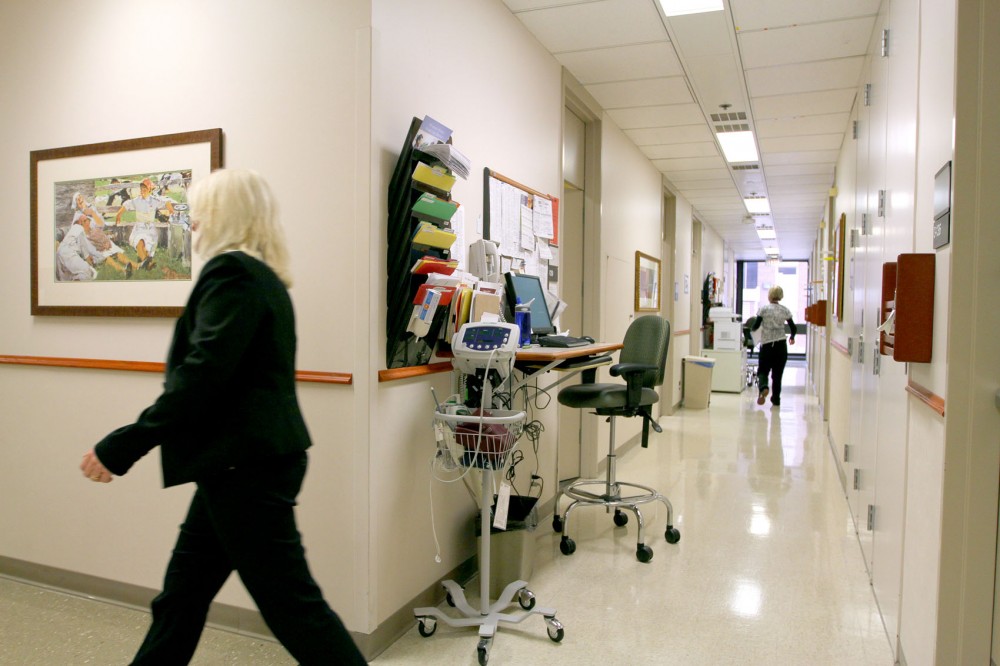The University of Minnesota has lost the opportunity to develop a diverse set of future nurses by no longer accepting transfer students into the Bachelors of Science in Nursing (BSN) program in the Twin Cities.
This decision was made to improve four-year graduation rates, according to school officials at a public forum I attended on March 29, 2015.
The School of Nursing’s transfer option lowered the University’s four-year graduation rate — according to the same officials — because it accepted students regardless of the number of years of previous college experience.
However, the program is suffering great losses as a result of prioritizing the University’s statistics over the quality of education. Diversity enriches a learning environment, and without the diversity gained from the transfer option, the nursing school’s Twin Cities campus may very well be left with a primarily white, straight, female, suburban, upper-middle class cohort.
When I was accepted to the school through the transfer program in 2014, the percentage of students of color was 27.4 percent; however, with each year as the transfer option phases out, the percentage is dropping, landing the sophomore class this year at only 21.7 percent. Additionally, without the transfer program, my cohort would be reduced from 34 students of color to only six.
The transfer option has brought in an average of 15 males per year over the past six years, whereas the freshman guarantee program has only recruited an average of six.
Because of perceived gender stereotypes and stigma, many young males won’t admit they want to pursue a female-dominated career. They may not realize the career opportunities nursing can provide until later in life when they have gained the confidence to step outside the norm.
Finally, the age range which used to include non-traditional students up to the age of 52 will now be narrowed down to 18-20-year-olds, most of whom haven’t had the opportunity to gain wisdom through broad life experiences, which diminishes the learning environment of the whole cohort.
This seems to contradict the School of Nursing’s inclusivity and diversity statement.
You might be wondering what options are left. The Rochester campus is the only remaining option for students looking to transfer. However, there are very few openings, and why limit diversity to just one city?
Perhaps the most frustrating aspect of this decision is that administration didn’t consult students. In fact, we voiced concerns through a public forum and a petition, but the decision was already made, leaving us no opportunity to advocate for future cohorts.
This issue not only affects our campus community but also the greater nursing community of the Twin Cities. In 2014, the Minnesota Department of Health issued a health equity report that identified a lack of diversity in the workforce as a major barrier to health equity. It identified a dire “need to recruit students from diverse communities.” Therefore, the elimination of the transfer option only further contributes to these health equity barriers.
As a consumer of healthcare, do you really want a homogenous population serving you at your bedside? Or would you rather have a diverse set of future nurses who utilize rich backgrounds and experiences to learn from and challenge each other to provide the best patient care possible?
I was lucky enough to join the BSN program as a transfer student while it still existed. Future students will not have that option unless a change is made. I invite students at the University of Minnesota to consider the detrimental impacts of this change, and I strongly encourage administration officials to reverse the policy.
Mara Smith,
BSN Transfer Student
School of Nursing,
University of Minnesota-TC







